What's a Solar PPA & Where Are They Allowed.
The simplest explanation of what a Solar Power Purchase Agreement (PPA) is that it is an agreement between two parties. One party owns the solar equipment that will generate the power that is being created and sold at a specific price. The transaction involves solar or other energy generating equipment is placed on land or property owned by a company, or utility. The owner of the equipment usually is not required to put up any cash and with zero cost the solar farm is installed and maintained. The agreements are usually 25-years in length and must generate at least 250 KWH per year. The other party purchases the power at a fixed rate over a term of several to many years.
The map is provided courtesy of dsireusa.org. To see the entire PDF click here
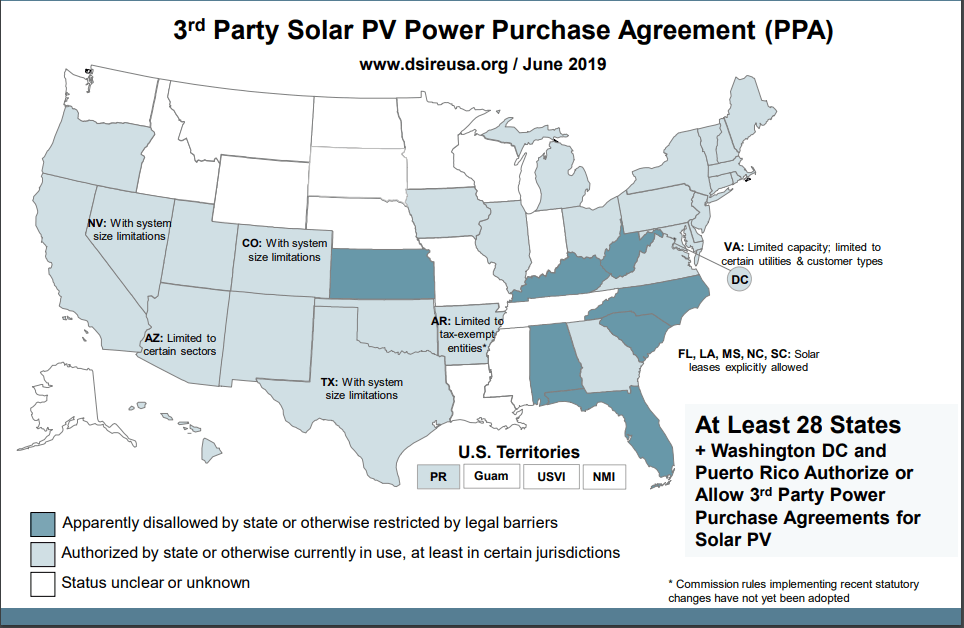
What Are the Important Features of a Solar PPA?
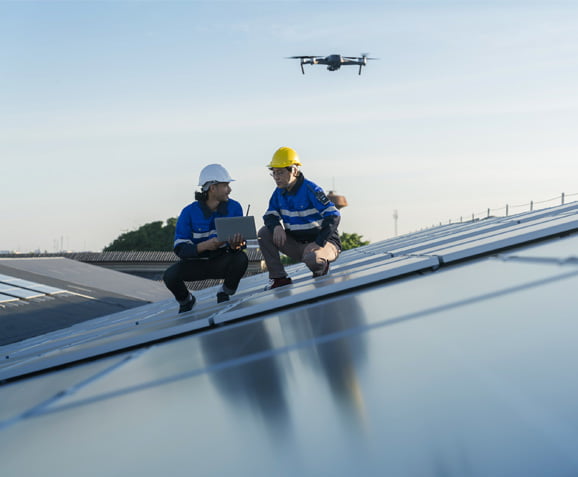
When the Solar Power Purchase Agreement is drawn up there will be certain things you will want to see in it. Whether you are the seller or buyer here are some of those things:
Pricing
- Sale of capacity – may require the seller to make accessible to the buyer an agreed level of capacity at the power works and deliver the energy produced in accordance with the PPA.
- Output cost – references the actual amount of electricity delivered, it is to cover the company’s variable cost.
Third-party sales
- Third-party sales allow for commercial viability of the project by providing a cushion against demand-side risks
Underperformance and delays by power producer
- Provides sanctions or requires the project company to pay damages if it fails to deliver power as promised.
Benefits of Solar PPAs
There are several benefits and a few cons to doing a Solar PPA.
Benefits
The benefits include:
- Renewable entities qualify for tax incentives, accelerated depreciation
- No agency upfront capital needed
- Minimal risk to government
- Renewable developer provides O&M
- Can help with energy security goals
- Long term electricity price for a portion of site load
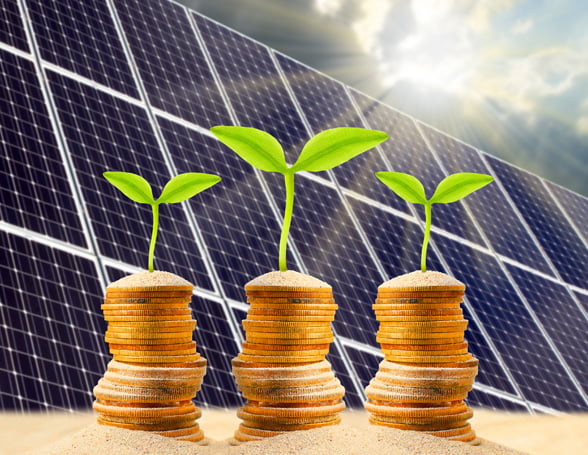

Types of Solar PPAs
There are several different types of Solar PPAs, each one can have several variations, but we can’t list them all.
The three most common are:
- Physical solar power purchase agreement
- Virtual solar power purchase agreement
- Sleeved solar power purchase agreement
A solar PPA is where the developer puts the solar system on the customers land. This costs the customer nothing or very little. Then, the customer can buy their electricity from the solar system at much less than the power company.
At the end of the agreement, 10 to 25 years, the customer has the options of:
- Renew the PPA
- End the PPA
- Purchase the system
Commercial PPAs
With commercial Power Purchase Agreements, the contract is between the power producer and the buyer, the corporation. This can help the corporate buyer keep their electric prices down for the life of the agreement. This agreement provides advantages to the corporate buyer and the power producer.
What are the advantages to a corporate buyer?
The advantages to the corporate buyer are:
- Economic
- Sustainability
- Brand and leadership
- Leverage
The advantages to the power producer are:
- Risk
- Bank-ability
- Brand
- Business development
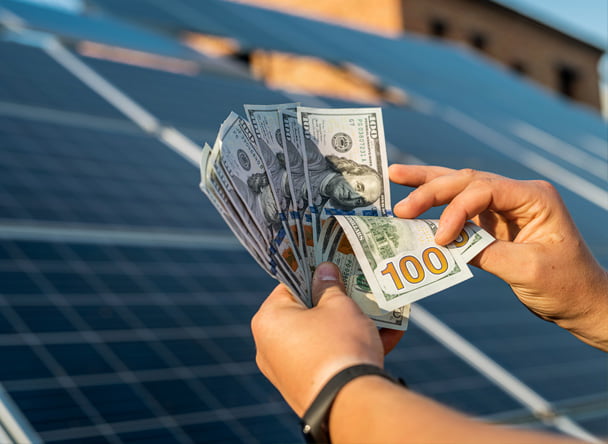
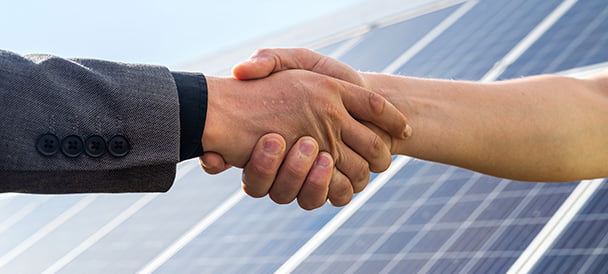
What Should a Corporate Buyer Look For?
There are several things a corporate buyer should look for in a commercial solar power purchase agreement; they are:
- Distributing time and funds to a non-essential business area
- A Grasp of energy price estimates
- Locking in in-house approvals
- Finding appropriate plans
- Standard prices via proposals
- Illuminating bookkeeping action
- Involving a utility to sleeve the Corporate PPA
- Evaluating controlling restrictions and opposition law
Who Signs Purchase Power Agreements?
Sellers and buyers sign solar power purchase agreements.
Sellers include:
- Investment businesses
- Self-regulating creators of electricity
- Renewable energy resource administrators
- Utilities and energy companies building their own renewables assets
- Infrastructure funds investing in renewable
Buyers include:
- Utility companies that need additional power for their customers
- Large businesses that have a large energy consumption need examples are Google or Amazon
- Businesses looking to lower their carbon print
- Industrial corporations that require a large amount of energy for manufacturing
That is just some of the people who sign PPAs and benefit from them. If your company is interested in a solar PPA, check out Modern Thermal Design.
Does your state qualify? To find out if your state qualifies click here.

Modern Thermal Design is the Perfect Commercial Solar PPA Partner
How does a Modern Thermal Design PPA work?
A Modern Thermal Design Solar PPA requires no upfront cost from the customer.
We set up and maintain your business’s solar farm.
You purchase your electricity from us, with the goal being the same price for 25 years.
What you need to work with Modern Thermal Design's Solar PPA
What you will need is at least 250 kWH per year or more, and a secure place for the solar panels.
If you have those two things we can work with you in a PPA.

